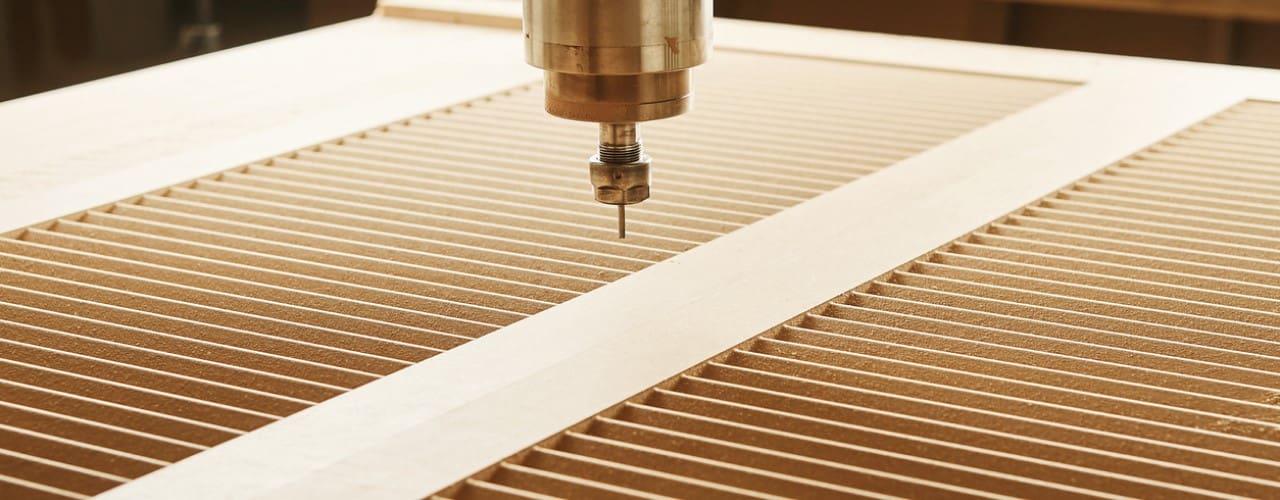What is CNC Machining?
What is CNC Machining?
In manufacturing and design tech construction, CNC machining has revolutionised how parts are created and systems are developed. This process has transformed the engineering and construction fields, integrating seamlessly into the broader umbrella of design tech construction. But what exactly is CNC machining, and why is it so pivotal in today’s manufacturing landscape?
What is CNC Machining?
CNC (Computer Numerical Control) machining is a manufacturing process that involves using computers to control machine tools. Tools that can be controlled in this manner include lathes, mills, routers, and grinders. The CNC in CNC Machining stands for Computer Numerical Control, which means the computer converts the design produced by Computer Aided Design (CAD) software into numbers. These numbers can be considered as the coordinates of a graph, and they control the movement of the cutter. In this way, the computer controls the cutting and shaping of the material.
The process begins with creating a 2D or 3D design with CAD software. This design is then translated into a computer-readable format that outlines commands and tool paths for the machine to follow, known as G-code. Once this code is generated, it is fed into a CNC machine that goes to work, precisely cutting the material into the desired shape and design.
The Role of CNC in Creative Construction
In design tech construction, CNC machining is indispensable. It brings high precision, automation, and flexibility to the manufacturing process, allowing for the production of complex and intricate designs that would be almost impossible to achieve manually. CNC machining supports the construction of both prototypes and end-use products, making it a versatile technology across different stages of design and production.
Advantages of CNC Machining
The advantages of integrating CNC machining into creative construction are vast, enhancing the efficiency, quality, and scope of production. Here’s a more detailed exploration of these benefits:
- Precision and Accuracy
CNC machines are celebrated for their exceptional precision, operating with an accuracy that can reach thousandths of an inch. This high level of detail is crucial in industries such as aerospace and medical device manufacturing, where even the smallest deviation can have significant implications. Adhering to exact specifications ensures reliability and functionality in high-stakes applications, making CNC machining indispensable in fields requiring utmost precision. - Consistency
One of the standout features of CNC machining is its ability to maintain consistency across large production runs. Once a design is programmed into a CNC machine, it can replicate the part with minimal variance, ensuring uniformity in every product produced. This is particularly important when parts need to fit seamlessly into larger assemblies or when mass production of identical components is required. Consistency helps maintain quality control standards and reduces the need for subsequent adjustments or corrections. - Flexibility
CNC machining provides unmatched flexibility in manufacturing. Design modifications can be made swiftly by simply updating the CAD files and reprogramming the machine. This ability to adapt quickly to new designs or changes in project requirements makes CNC machining highly advantageous in dynamic sectors where designs evolve rapidly. This flexibility reduces downtime and allows for continuous development without the cost or time penalties typically associated with retooling traditional machines. - Speed and Efficiency
CNC machines dramatically reduce the time needed to produce parts, especially when compared to manual machining. They can operate continuously, without breaks, and with little supervision, thus speeding up the production process and enabling faster completion of projects. This speed and operational efficiency are invaluable in industries where time to market is a critical factor, and it helps companies respond more swiftly to market demands or project timelines. - Reduced Costs
Although the initial investment in CNC machinery might be high, the long-term cost benefits are significant. CNC machining automation reduces the labour required to produce parts, which can substantially decrease payroll expenses. Additionally, the increased speed of production and the ability to work with a variety of materials efficiently often result in a lower cost per unit. Over time, these factors contribute to overall cost reduction and greater economic efficiency in production.
The Future of CNC Machining
As technology continues to advance, the capabilities of CNC machining also expand. The future of CNC in creative construction looks towards even greater precision, faster production speeds, and the integration of new materials and techniques. As industries push for more innovative and efficient production methods, CNC machining is expected to grow and evolve, continuing its vital role in design tech construction.
Still Have Questions?
Our friendly team is here to help you out.

